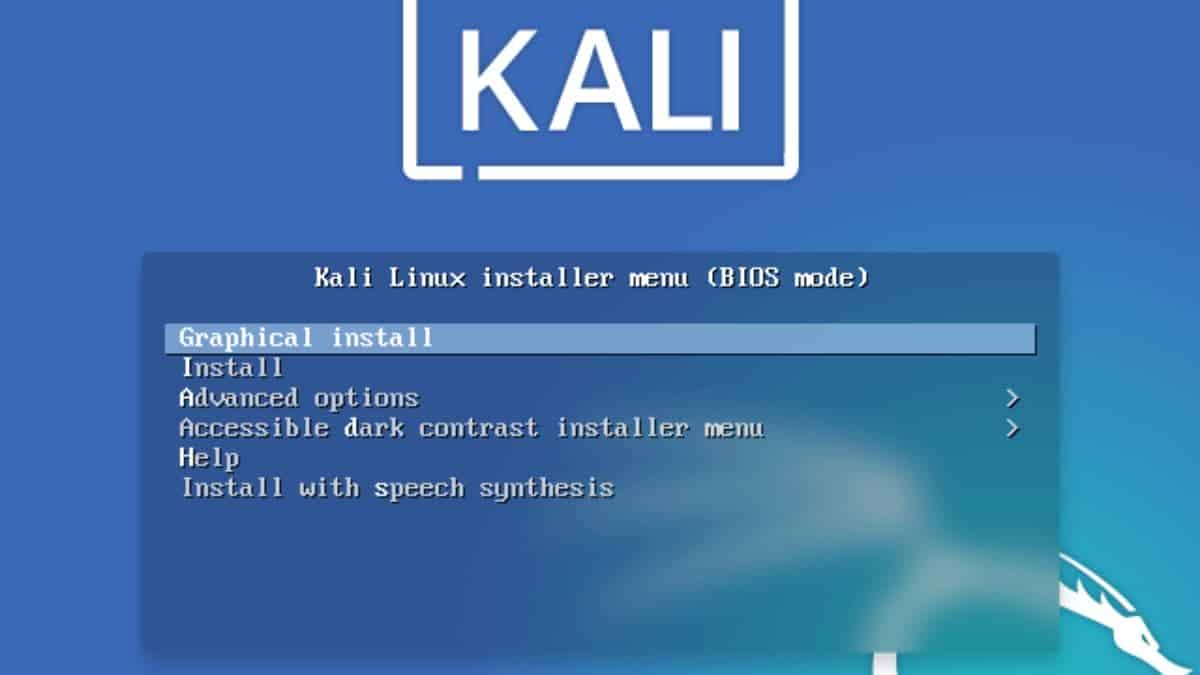How to install Kali from Linux on your system

Kali Linux is a Debian-based computer operating system which is distributed by Linux distribution and specifically designed for digital forensics and penetration testing.
Kali is an open-source model which is developed by Offensive security under the Linux OS family.
Initially, it was developed on 13th March 2013 and recently on 16th May 2022 it got upgraded with the new version.
Additionally, this operating system has over 600 penetration testing features Armitage which prevents cyber attacks, Nmap – A port scanner, Wireshark, sqlmap and many other features.
Apart from Linux, one can install Kali computer system on their devices –
Installing Kali Linux is an easy process but it needs to have good hardware capacity in computers. The platforms such as amd64, i386, and ARM support Kali Linux and i386 images can be used on systems which have over 4GB RAM.
Moreover, the system actually requires 20GB of space for installation. Also, it’ll require CD-DVD drive support or USB boot support.
First one should choose the installation medium which is either CD or DVD. Select the language for the system along with the location.
After selecting the location, type the hostname which will identify your system. One also has to specify the domain name as part of the internet address.
After completing this procedure, one has to set up the user account and unique password. The password can be changed afterwards from the settings if you like.
Moreover, even time zone is selected later and if your desired time zone is not listed, go back to choose language and select your country, later your time zone.
Next, the system will provide a partitioning method in which, the installer will review, analyze and the disk and will offer four choices.
If you’re using the entire disk, select the first option.
For the second and third options, one will require to support LVM (Logical Volume Manager). Whereas, the fourth option, manual can be used by experienced users for manual participation with more granular options.
Next, the partitioning disk and partitioning scheme shall be selected.
Lastly, the system will provide review changes where you can review all your selected options. After installing GRUB, the Kali installation is completed. Click on the continue button to reboot the system into Kali installation.


